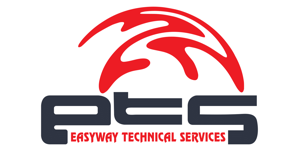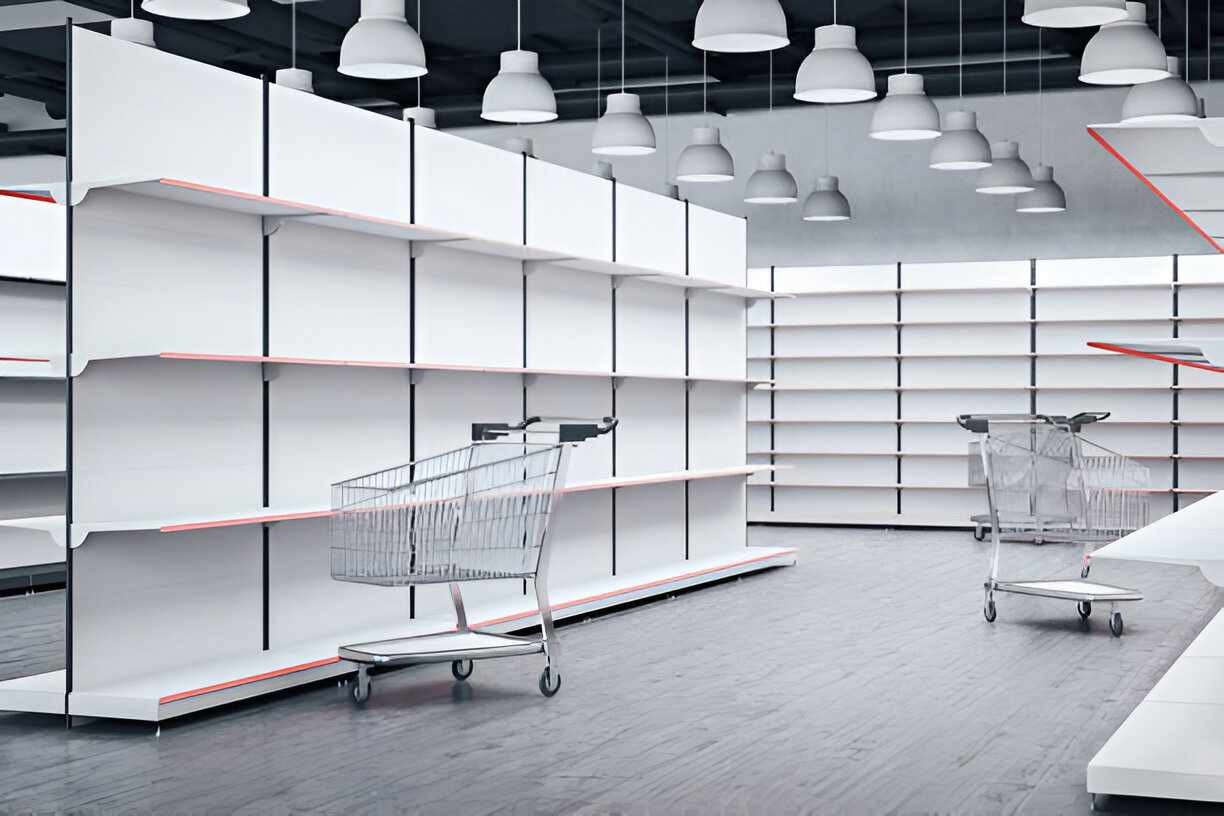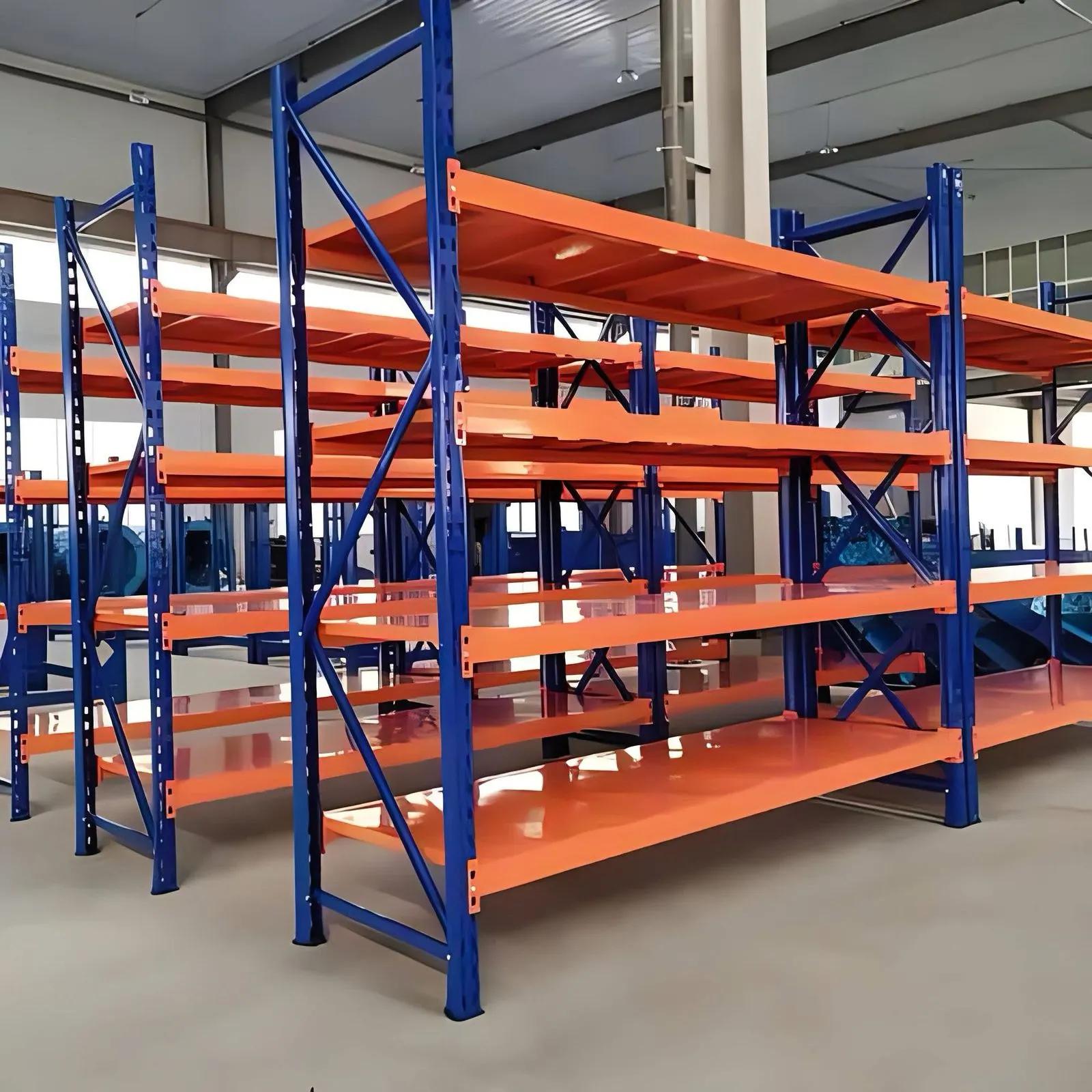
When most people search for heavy duty racking in Dubai, they find the same advice: “choose strong racks,” “follow safety rules,” and “compare suppliers.”
While this is useful, it doesn’t talk about the real issues warehouse owners face after installation — the problems that cost time, money, and safety but could have been avoided with better planning.
This guide is here to share the things heavy duty racking suppliers often don’t tell you — so you can avoid expensive mistakes and keep your warehouse running smoothly.
1. The “Perfect” Rack That Doesn’t Fit Your Forklift
It sounds simple — buy racks, install them, store goods. But in Dubai, many warehouses end up with racking that is too high or too deep for their forklifts to reach safely.
Why it happens:
Supplier designs without checking your equipment.
Warehouse owner changes forklift later without adjusting racking layout.
How to avoid it:
Before buying, measure your forklift’s maximum reach and turning space. Ask the supplier to design racks around that, not just your floor space.
2. Dust Build-Up Weakening Safety Labels
Dubai’s climate brings fine dust into warehouses, especially those near industrial areas. Over time, dust covers load capacity labels on the racks. Workers then guess how much they can load — which is a major safety risk.
How to avoid it:
Choose racks with engraved or metal-plate load signs, not stickers.
Clean labels during weekly inspections.
Keep doors closed or install air curtains to reduce dust entry.
3. Wrong Type of Racking for the Type of Goods
Many warehouses buy selective pallet racking in dubai because it’s the most common — but if you store long items like timber or pipes, you’ll constantly struggle with fitting them.
How to avoid it:
If you store long or awkward shapes, consider cantilever racking.
If you need to store goods in bulk without constant picking, drive-in racking may save space.
Always match the rack type to your goods, not just your budget.
4. Expansion Problems After Business Growth
Dubai businesses grow fast — and a racking layout that works today may block future expansion. Many owners end up tearing down racks to add new ones, wasting money.
How to avoid it:
Choose modular racking that can be extended later.
Keep at least 1–2 aisles open for future rows.
Ask your supplier for a 5-year growth plan design, not just a “now” design.
5. Climate Damage You Don’t See Until It’s Too Late
Even indoor racks in Dubai can suffer from condensation and humidity, especially if your warehouse stores chilled goods. Rust often starts in hidden joints and spreads silently until parts weaken.
How to avoid it:
Request racks with anti-rust powder coating.
Inspect joints and base plates during maintenance, not just visible beams.
Use dehumidifiers if storing goods in temperature-controlled areas.
6. No Training for Staff After Installation
Some suppliers install the racks and leave. But without staff training, workers may overload shelves, bump them with forklifts, or store goods incorrectly — leading to accidents.
How to avoid it:
Ask your supplier to provide on-site safety training after installation.
Create a simple rule sheet with “Do’s and Don’ts” for using the racking.
Reward staff for reporting damage quickly.
The Bottom Line
Heavy duty racking is a big investment for any Dubai warehouse. But the real value isn’t just in buying strong steel racks — it’s in making sure they are the right design, safe to use, easy to expand, and able to handle Dubai’s unique climate.
By thinking about these hidden problems before you buy, you can save thousands in repairs, prevent accidents, and keep your warehouse running efficiently for years.




Write a comment ...